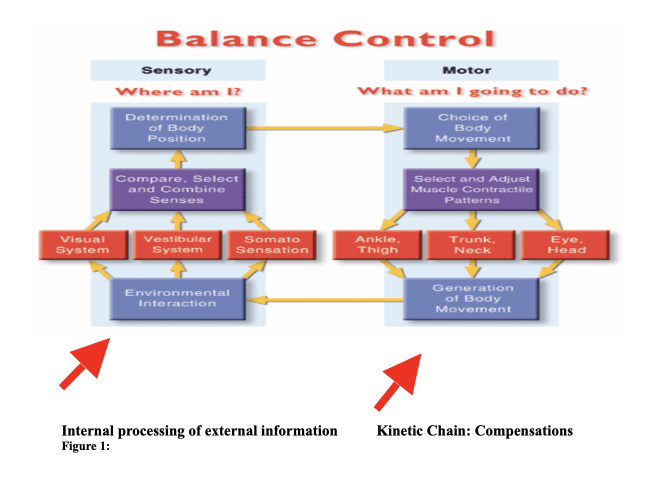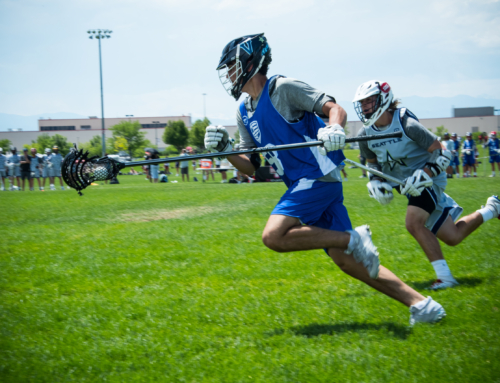At a glance, the health, fitness, and performance training arena is filled with buzz words and phrases such as functional training, “core training” tactics, commercialized program design schemes (HIIT Training, Zone Training) and a multitude of resistance training implements such as kettle bells, sandbags, balls, and bands. Within some these training modalities, strategies and beyond lies a variable often overlooked and many times under-utilized within these marketable and commercialized tactics that can offer new levels of training stimulus to your program. The simple variable in question is that of unilateral training which exists in a predominately bilaterally trained world. Unilateral training is merely the incorporation of exercises using single limbs or alternating limbs in a given exercise. Unilateral training is sometimes incorporated for the purpose of variety, sometimes utilized for sport specific means, but probably under-emphasized is its actual functional usage and intangible qualities that should not be underestimated (4). This post we will discuss the implications of unilateral training, why unilateral training offers enhanced training stimuli when compared to bilateral training and factors that influence higher levels of motor control, coordination, and ultimately performance through unilateral training strategies.
Sports such as hockey, basketball, boxing, and soccer require a high level of bilateral demands. Concurrently, racquet sports, golf, and baseball favor a more unilateral dominant trait. For the purpose of this article the term(s) unilateral, and bilateral refer to the use of the arms, legs, eyes and ears either independently (unilateral) or simultaneously (bilateral) to execute a movement or exercise. Additionally the terms dominant and non-dominant refer to the use of an arm, leg, eye or ear either favorably (dominant) or unfavorably (non-dominant) in reference to the client or athlete’s natural tendencies (i.e. being right or left handed by nature) and moreover how we as professionals can account for these traits and other trainable factors in our programs through simple program modifications.
Within these variables lie congruency comparisons that equate very closely to specific sports such as baseball and gymnastics. Congruency factors are classified by an athlete’s preference with hand, eye, leg, and even ear dominance with respect to the left or right side of the body and which the athlete predominantly utilizes when cued or asked to perform tasks. For example, a client/athlete that is “clearly congruent” tends to display a consistent right or left preference to all variables (hand, eye, etc). Conversely, if a client/athlete displays “cross-congruency” they will display a mixture of preferences. This would mean that an athlete may be dominant with their left eye yet be predominantly right handed. How these relate to sport and general task relevance is where these characteristics begin to shape up and moreover elicit positive performance correlations.
The hands and feet are both motor dominant characteristics, meaning that you are not only aware of each independently of each other but most likely know which appendage is dominant when compared to the other. However your eyes and are sensory organs and have no conscious proprioception. To state this more succinctly, you do not see the world from the left or right eye as you consciously discern between your right and left hand. During the maturational and developmental stages of life, coordination in the body is determined by factors such as vestibular (inner ear) function, visual and kinesthetic cues, bone and connective tissues and also muscle stability factors. All of these coordinative abilities create a sense of awareness about the body both intrinsically and extrinsically, especially as it pertains to how we interpret and process information. For instance, in baseball, a batter must be able to use the eyes to see a pitched ball, interpret how quickly the ball is approaching (speed) and the path the ball is traveling in relation to the strike zone. If the pitched ball is deemed to be within the strike zone, the batter must then attempt to use the hands, arms, and body to initiate contact with the ball. This sequence of events is a very complex and difficultly orchestrated task that requires precise coordination, timing and awareness from the athlete in order to be successful.
There are seven levels of awareness that are influenced and controlled by different parts of the body. The seven awareness variables include: spatial, rhythmic, directional, vestibular, temporal, auditory, and tactile (2). These are more closely defined below.
- Spatial awareness refers to the orientation of objects in space as well as our body (i.e. the pitched ball in the previous example).
- Rhythmic awareness is the ability to make repetitive movements that result in balanced movement (i.e. skipping rope).
- The ability to discern size and laterality (L/R) (Up/Down) is directional awareness.
- Vestibular awareness aids the body in maintaining balance and body positioning.
- The timing system of the body is referred to as temporal awareness. Temporal awareness is (more plainly) how we judge objects (ball, other players, etc) around us are moving, how quickly, and how long (from a time perspective) an object may be away from us. This is much like the baseball scenario where the athlete must interpret how quickly the ball is approaching them.
- The remaining two awareness factors are the auditory and tactile components such as sound, touch, and feel.
With all of the aforementioned factors how does information equate to athletic performance? It is no secret that the most elite levels of athletes in a respective sport usually display the highest levels of balance, coordination, vision, and react-ability. To take this a step further Wilson and Falkel in Sports Vision demonstrated that twenty percent of the optic nerve function is linked to the brain center and aids in regulating balance (6). This is a terrific example of how internal processing correlates to external stimuli. Below is a flow chart that demonstrates how the body utilizes stimuli in a continuum-like fashion to better process information and coordinates effective movement.

Internal processing of external information Kinetic Chain: Compensations
Figure 1:
Balance Control System: NueroCom Inter. www.onbalance.com/clinical_info/balancecontrol.aspx (7).
The awareness factors should be taught through the maturation stages of life. For example, balance is best developed at ages 10-11 for boys and 9-12 for girls (2). The approach to this should follow a pattern of non-structured activity then progressing to more focused activities. The importance of sport skill and competitive game play at this stage should not be the focal point. The goal during these stages is to create an environment where the awareness factors can be emphasized and enhanced when they are the most responsive. By implicating this type of approach one would suggest that the ability to process stimuli and in turn generate the correct type of movement or reaction within a given amount of time would increase greatly and warrant higher levels of skill acquisition and/or athletic potential. It is only at this point does higher levels of motor control, react-ability, and sport specific skill training become appropriate and warranted.
With this in mind, motor development and neural factors become very important parts of this discussion. Coordination, agility and mobility with regard to spatial positioning as well as static and dynamic temporal movements are directly related. A logical sequence of motor unit firing must be present to produce the most effective forces necessary for proper technique (3). Within this realm of coordination and proper technique, the subject of rate coding, recruitment and synchronization of motor units often is a determining factor. However, one factor that becomes paramount when discussing unilateral training and incorporating these principles is the concept of bilateral deficits. If an athlete simultaneously exerts maximal force with two extremities (i.e. back squat or bench press), the force for each extremity is lower than it is during unilateral force development (8). Fundamentally speaking, a bilateral deficit is where one extremity displays a higher level of strength and coordination than the other. Fleck and Kraemer stated that this deficit may range anywhere from 3-25% (1). Repeated ANOVA revealed that independent unilateral exertions elicited significantly higher forces than simultaneous bilateral exertions (5). This really begins to paint a very compelling argument for unilateral training and addressing non-dominant asymmetries.
If the amount of force exerted by a unilateral exertion exceeds that of similar bilateral movement, it seems plausible that the non-dominant side should benefit greatly from this type of training. In the second portion of this paper we will take a closer look at commonly observed compensation factors in training, subconscious tendencies that our clients or athletes will demonstrate in various applications and how to structure your training to address these traits in an attempt to enhance function, force, and overall athletic performance.
Reference:
- Fleck S., Kraemer W. J. (2004). Designing Resistance Training Programs (3rd ed.): Human Kinetics, Champaign, Ill.
- Gambetta, V. (2007). Athletic Development. The Art and Science of Functional Sports Conditioning: Human Kinetics: Champaign IL
- Haywood, K. Getchell, N. (2001). Life span motor development (3rd ed.): Human Kinetics: Champaign, IL
- Munn, J. Herbert, R.D. Hancock, M.J. Gandevia, S.C. (2005). Training with Unilateral Resistance Exercise Increases Contralateral Strength: J. of Appl. Phys. 99(5), 1880-1884.
- Vint, P. Hinrichs, R. (1997). Difference between One Foot and Two Foot Vertical Jump Performance: J. Appl Biomech. 12, 338-58.
- Wilson, T.A., Falkel, J. (2004). Sports Vision – Training for Better Performance: Champaign, Ill: Human Kinetics,
- www.onbalance.com/clinical_info/balancecontrol.aspx
- Zatsiorsky, V.M., Kreamer, W. J. (2006). Science & Practice of Strength Training (2nd Ed.): Champaign Ill: Human Kinetics.


